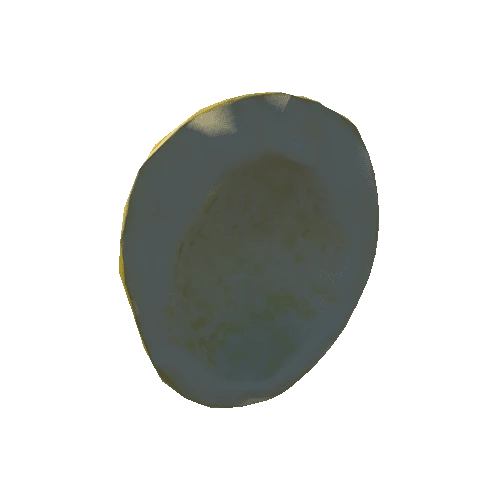Select or drop a image or 3D model here to search.
We support JPG, JPEG, PNG, GIF, WEBP, GLB, OBJ, STL, FBX. More formats will be added in the future.
Asset Overview
Limestone Roman Funerary Relief, 2nd or 3rd C CE, now in the collection of the Minneapolis Institute of Art.
From the object's description on artsmia.org:
*"...Many of the surviving sculptures from ancient Palmyra are funerary reliefs. Collective underground tombs were laid out in deep burial niches, called loculi, dug deep into the high sidewalls. Each niche was sealed with a stone carved in high relief with a bust of the deceased, sometimes carved against a curtained background. The figure's eyes are prominent, and the features are strictly regular. Reliefs like this one, with a background curtain and palm fronds, are found in examples dating from at least the late 2nd century. The rigidly frontal presentation also has a religious meaning, alluding to the experience of ecstatic vision or the participation in the afterlife."*
More information about the object here:
https://collections.artsmia.org/art/81247/funerary-relief-roman







